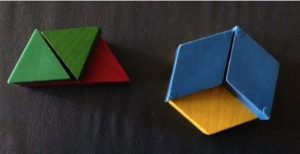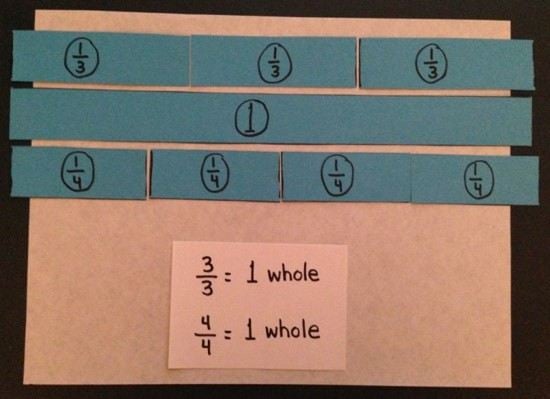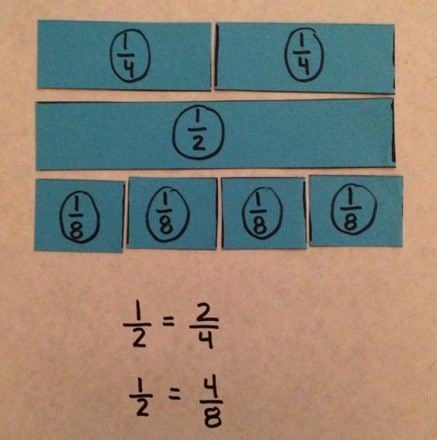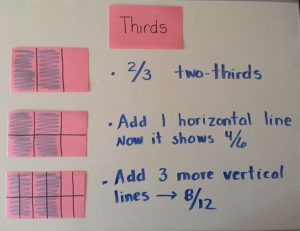by C. Elkins, OK Math and Reading Lady
Starting in 3rd grade, students start building understanding about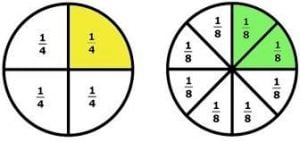 adding and subtracting fractions by composing and decomposing simple fractions using concrete and visual models. Composing: 1/4 and 3/4 combine to make 4/4 (whole). Decomposing: 8/8 is made up of 2/8 and 6/8. In fourth grade, students begin to add and subtract fractions with like denominators, but should still be utilizing models, drawings, and number lines to illustrate and simplify. In fifth grade, students are expected to add and subtract fractions of all types (proper, improper, with unlike denominators, etc.).
adding and subtracting fractions by composing and decomposing simple fractions using concrete and visual models. Composing: 1/4 and 3/4 combine to make 4/4 (whole). Decomposing: 8/8 is made up of 2/8 and 6/8. In fourth grade, students begin to add and subtract fractions with like denominators, but should still be utilizing models, drawings, and number lines to illustrate and simplify. In fifth grade, students are expected to add and subtract fractions of all types (proper, improper, with unlike denominators, etc.).
With a firm foundation of composing and decomposing, partitioning, comparing, naming equivalent fractions, and understanding the relationship between certain fractions (such as halves / fourths / eighths / sixteenths; and thirds / ninths / sixths / twelfths; or fifths / tenths), then students are more prepared to perform operations with fractions. Here’s a great resource by Donna Boucher at Math Coach’s Corner: Composing and Decomposing Fractions activity on TPT ($6)
Estimating: This is an important part of operations with fractions. Do you expect your answer to be less than 1/2, more than 1/2, more than 1? How do you know? If I was adding 8/9 + 11/12, my answer should be about _____? It should be slightly less than 2 because both of these fractions are almost 1.
If I am adding 4/6 and 6/8, my answer should be more than 1 because each of these fractions are greater than 1/2.
Different strategies: There are many “tricks” or shortcuts available to show students how to quickly add, subtract, or multiply fractions. I believe these shortcuts are only useful after a students has a strong understanding of why and how to find a common denominator and equivalent fraction. These shortcuts do not help build conceptual understanding of fractions. I will focus on ways to understand the why using visual and pictorial models. Get your FREE copy of the following guides by clicking HERE. Continue reading
